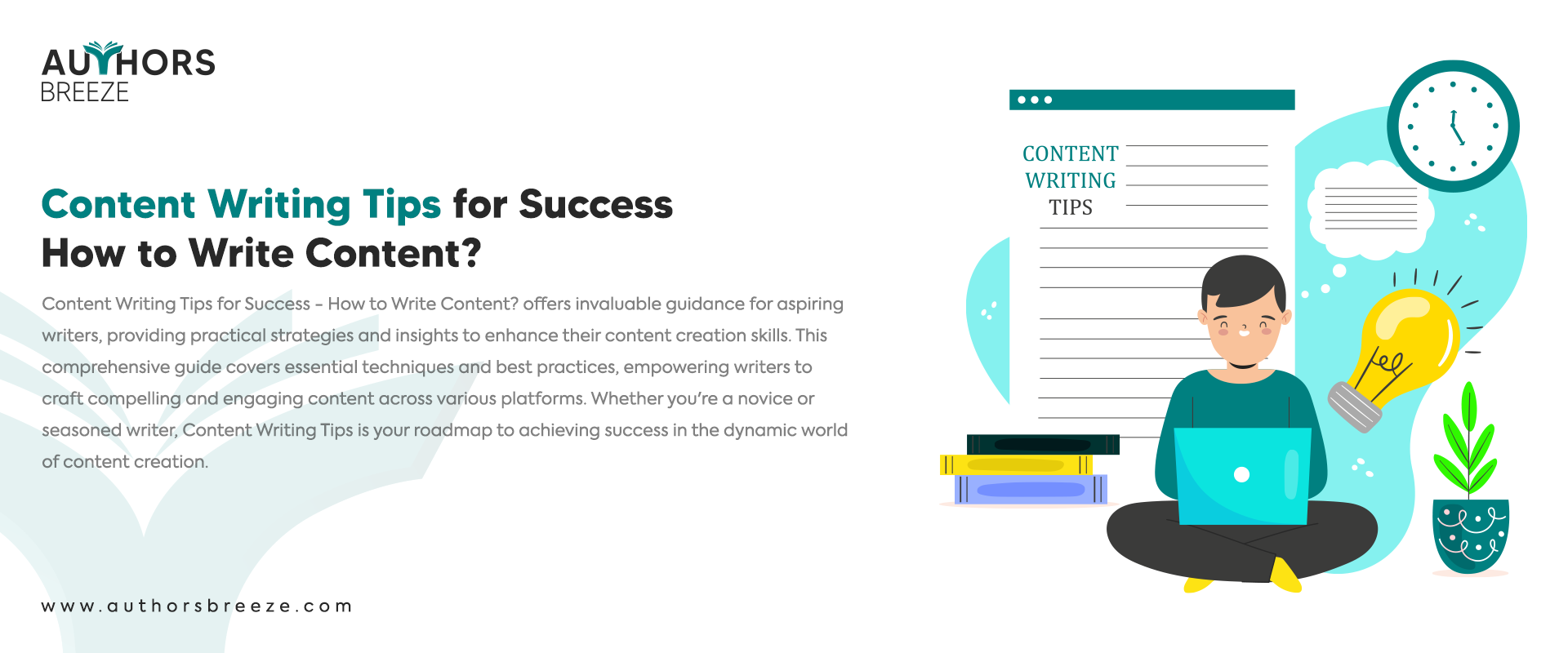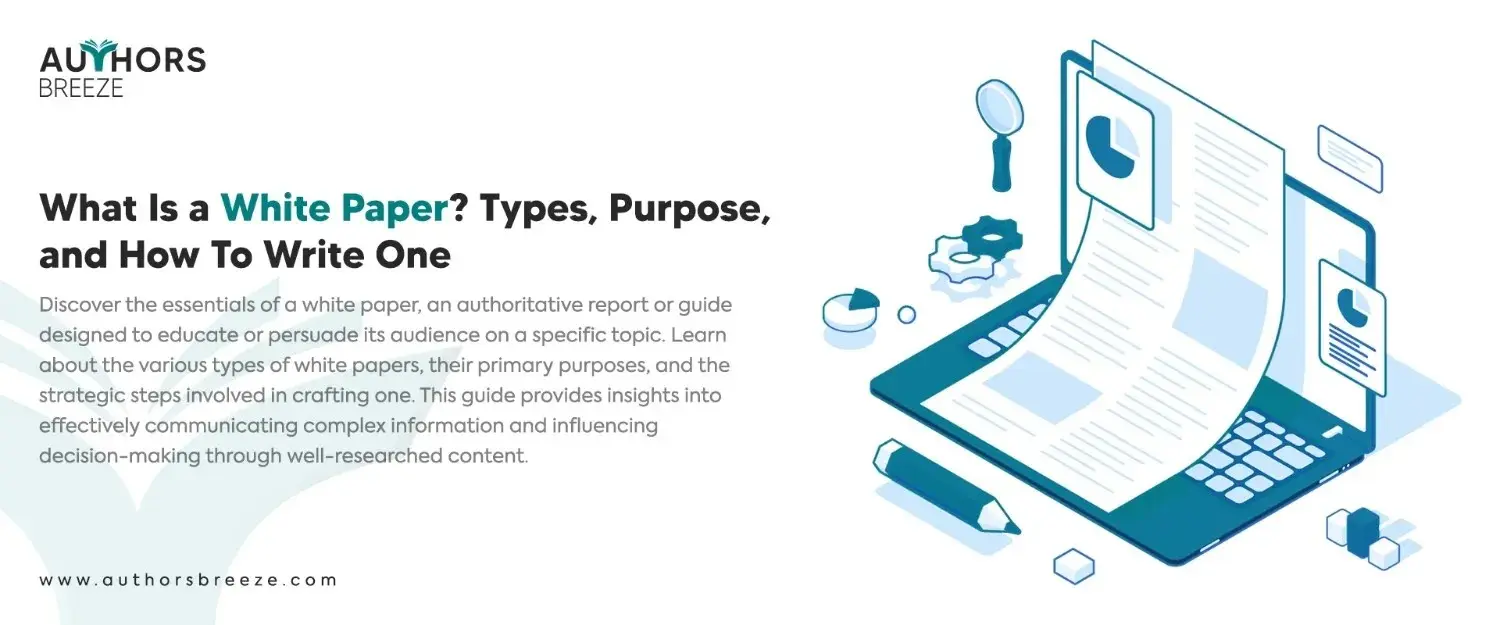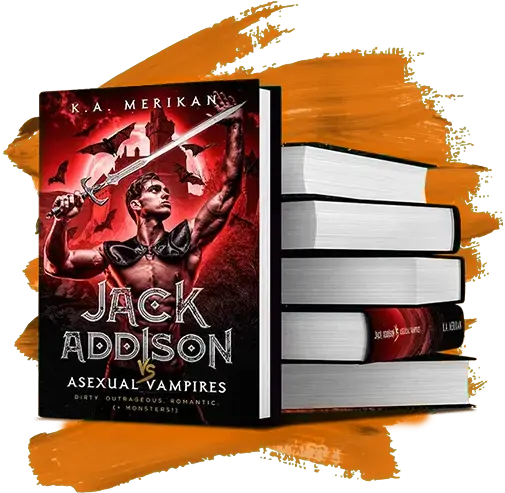Key Takeaways: Content Writing Tips
Before diving into the blog post, quickly read the summary of content writing tips:
- Identify the goal of your content, whether it’s to inform, entertain, persuade, or educate your readers.
- Do research to ensure your content is accurate and credible.
- Choose a relevant and trendy topic to attract readers.
- Craft a headline that grabs attention and sparks interest in your content.
- Use a hook to keep readers engaged and encourage them to read further.
- Develop a unique writing style and voice that resonates with your audience.
- Select the best format for your content, such as blog posts, articles, or videos.
- Organize your thoughts and ideas into a logical structure before writing.
- Create unique content that meets audience expectations and provides value.
- Include images, videos, and graphics to make your content more visually appealing.
- Incorporate relevant keywords to improve your search engine ranking.
- Follow SEO best practices to make your content more discoverable.
- Use headings, subheadings, and bullet points to improve readability.
- Use examples to clarify complex concepts and make your points more memorable.
- Write in a way that is easy for your target audience to understand.
- Avoid spelling and grammar mistakes in your content to avoid credibility damage.
- Craft compelling meta titles and descriptions to give an excellent first impression.
- Encourage readers to take action at the end of your content.
- Clearly state what you want your readers to do after consuming your content.
- Edit your content to ensure clarity, conciseness, and overall quality.
Improve Your Content Writing Skills
If you still have any doubts about content writing or want more advice on how to write content, Authors Breeze is always at your service
Introduction to Content Writing Tips
Content, in the digital world, is imperative. Whether you want to grow your audience, develop brand identity, build brand authority, or even sell your products or services, you need content. However, the main obstacle is to write suitable, valuable, and helpful content. According to Content Marketing Institute 2023 research, 57% of B2B marketers said creating the right content for the audience is one of the most common content creation challenges.
So, how can you craft content that engages your audience? There is no secret way to write compelling content. However, these are several content writing tips that you can utilize. As a result, you can take your content to the next level. Do you want those content-writing tips? Then, strap in for a wild and long ride where we will be decoding the art of creative yet gripping content. Let’s get the ball rolling!
Content Writing Tips to Develop Effective Content
1. Define Your Purpose
The first step of content writing is to identify the goal of your content. The purpose is what guides and shapes your content – the reason behind why you are creating content and what you want to achieve with it. For example, whether you want to inform, entertain, persuade, or educate your readers.
Types of Content and Their Purposes
There are many different types of content with distinct goals. Let’s look at some of the content types and their purposes.
| Content-Type | Purpose |
| Blog Posts | Informative, Entertaining, Persuasive, Educational, SEO/Visibility |
| Articles | Informative, Persuasive, Educational, Thought Leadership |
| Social Media Posts | Engagement/Interaction, Brand Building/Identity |
| Product Descriptions | Persuasive, SEO/Visibility |
| Case Studies | Informative, Persuasive, Educational, Thought Leadership |
| Whitepapers | Informative, Persuasive, Educational, Thought Leadership |
| Email Newsletters | Informative, Persuasive, Engagement/Interaction |
| Press Releases | Informative, Brand Building/Identity |
| Landing Pages | Persuasive, SEO/Visibility |
| Video Scripts | Informative, Entertaining, Persuasive, Educational |
| Infographics | Informative, Persuasive, Educational |
| Webinars | Educational, Thought Leadership |
| Podcasts | Informative, Entertaining, Educational |
| User Guides | Informative, Educational |
2. Do Thorough Research
Writing effective content is not possible without research. So, gather relevant information from reliable sources. It will ensure your content is accurate and credible. Researching your competitor is also critical in content writing to do better than others.
Why Research is Important?
- Ensures your content is accurate.
- Enhances your credibility.
- Makes your content relevant.
- Add richness and value to your content.
- Sets your content apart from others.
- Allows you to present a balanced perspective.
- Demonstrates your expertise and authority on a topic.
- Helps you navigate any legal or ethical implications (such as copyright and plagiarism).
Resources for Research
| Resource | Examples |
| Academic Journals | JSTOR, PubMed, Google Scholar, and ResearchGate. |
| Books | Google Books, WorldCat, and Project Gutenberg. |
| News Outlets | The New York Times, BBC, and Reuters |
| Social Media & Forums | Twitter, LinkedIn, Reddit, and Quora |
| Encyclopedias & Databases | Britannica and Statista |
3. Pick a Trending Topic
You can not start writing without something to write about. Therefore, you need a topic. A trendy, relevant topic or one in which you are an expert is good. Moreover, you may already have a topic when defining the purpose of your content.
Trending Content Writing Topics to Write on in 2024
Health and Lifestyle: With a growing focus on well-being, content around health tips, mental wellness, and lifestyle improvements is highly sought after.
Facts vs. Myths: In an era of misinformation, you can establish trust with content that debunks myths with factual information.
Trending Topics: You should stay relevant and cover what’s currently in the news or popular in culture. It can attract more readership and engagement.
Digital Marketing: With the digital world evolving rapidly, you can write content on marketing strategies, SEO, and social media trends.
Freelancing Advice: As more people turn to freelancing, tips on how to navigate this career path, find work, and manage projects are in demand.
4. Write a Compelling Headline
Readers only spend a short period of time and leave without reading something from top to bottom. So, you have to grab their attention with a green-light headline that sparks their interest and makes them read your content. Let’s look at some of the attractive headlines that can entice people into reading:
“10 Secrets Your Dentist Doesn’t Want You to Know”
“What Does Your Sleep Position Say About You?”
“20 Places You Must Visit Before You Die”
“How to Lose Weight Without Giving Up Chocolate”
“Myths About Solar Energy Debunked”
“How I Turned $100 into $10,000 in a Month?”
“Ways You’re Wasting Money Without Realizing”
“Discover the Shocking Truth Behind Popular Brands”
“The Investment Opportunity That Will Disappear by Midnight”
“How to Achieve Flawless Skin in 7 Days”
How do you craft headlines tailored to specific content niches?
- Tailor your headlines to appeal directly to their interests and needs.
- Incorporate relevant keywords or phrases that are commonly associated with the niche.
- Be clear and specific about what the content offers or promises.
- Highlight the unique value proposition of your content.
- Use words that evoke curiosity, excitement, urgency, or empathy.
- Incorporate numbers or lists into your headlines whenever possible.
- Test different headline formats, such as questions, statements, or commands.
[Important Tip: While it’s crucial to optimize your headlines for the target niche, authenticity is vital. Avoid clickbait or misleading tactics that may erode trust with your audience in the long run.]
5. Create a Grabbing Hook
A hook can help your content stand out from others. After the heading, it is what can encourage readers to read your content further. Hence, it should be compelling enough to keep them hooked. Here’s a formula for crafting hooks for different types of content:
For Articles or Blog Posts
Start with a Shocking Statistic: “Did you know that 90% of the ocean’s edible species could be extinct by 2048? Here’s why and what we can do about it.”
Pose a Provocative Question: “What if we tell you your smartphone is more than a communication device; it’s a tool that could shape your identity?”
For Stories or Novels
Open with an Action: “The car skidded off the icy road and plunged into the darkness below. That’s when Sara realized her life would never be the same again.”
Present a Mystery: “When John awoke, the world outside was gone. An endless white void replaced it. How did he get here, and more importantly, how would he leave?”
For Marketing Material
Highlight a Common Pain Point: “Tired of endless dieting with no results? Our revolutionary approach works where others have failed.”
Offer a Bold Promise: “Transform your business in 30 days or get your money back. No gimmicks, just results.”
Universal Content Writing Tips for Crafting Hooks
Be Concise and Clear: Your hook should be brief and easily understood. It sets the stage for what’s to come.
Evoke Emotion: You must aim to make your reader feel something: curiosity, excitement, surprise, or even fear.
Make It Relevant: Ensure your hook directly relates to the main topic or message to draw in the right audience.
6. Use Unique Style and Voice
With a different writing style and voice, you can convey the same thing in various ways. However, your style should be clear and concise and reflect your personality. Moreover, your tone should be unique, relevant, authentic, engaging, and resonate with the audience. There are different writing styles and voices for various content types:
Copywriting (Advertising and Marketing)
Style: Persuasive, concise, clear
Voice: Depends on the brand’s personality, ranging from serious and authoritative to fun and whimsical.
Creative Writing (Fiction, Poetry)
Style: Imaginative, descriptive, narrative
Voice: Highly individual and expressive, varying wildly between writers and works.
Technical Writing
Style: Formal, clear, precise
Voice: Impersonal and objective, focusing on clarity and accuracy of information.
Ghostwriting
Style: Adaptable to the client’s requirements.
Voice: Mirrors the voice of the client, capturing their personality, nuances, and manner of expression.
Academic Writing
Style: Formal, structured, evidence-based
Voice: Objective and analytical, avoiding personal opinions and biases.
SEO Content Writing
Style: Informative, accessible, keyword-focused
Voice: Adaptable to the target audience; balances between being engaging to readers and optimized for search engines.
Blog Writing
Style: Informal, conversational, engaging
Voice: Can vary widely, usually personal and direct, tailored to the blog’s audience. Often incorporates storytelling.
Email Writing
Style: Direct, personal, action-oriented
Voice: Friendly and persuasive, often personalized to the recipient.
Long-Form Content Writing
Style: Detailed and comprehensive
Voice: Informative and authoritative, demonstrating expertise in the subject matter.
Web Content Writing
Style: Informative, engaging, as well as easy to read.
Voice: Professional and authoritative to casual and friendly, depending on the website’s target audience and purpose, consistent across all web pages to maintain brand identity.
Feature Writing
Style: Creative, Narrative, descriptive.
Voice: Personal and insightful, offering perspectives or an in-depth look at a topic, person, or event.
Social Media Writing
Style: Varied, often casual and engaging
Voice: Highly dependent on the platform and audience; can range from professional and informative to entertaining and casual.
News Writing
Style: Informative, factual, succinct
Voice: Neutral and objective, prioritizing clarity and accuracy.
Business Content Writing
Style: Professional, clear, and concise.
Voice: Typically formal and authoritative, instilling confidence in the business’s expertise and reliability.
7. Choose the Right Format
To figure out the best way to write about something, look at what comes up on Google. Or, you can pick a way to write first, like a blog or a video, and then decide what topic fits best with that. Using different kinds of writing is brilliant because it helps you reach more people and achieve various things. Mixing it up is a good idea.
8. Outline Your Content
Arrange your thoughts into a logical structure before writing anything. This organizing of thoughts or plan of action is called an outline. It maintains a smooth flow in your writing and speeds up the writing process.
9. Write Original, Unique, and Helpful Content
There is nothing better than unique and original content. After researching ideas for your content, do not just copy-paste the information but add something new to it. Try to meet audience expectations and satisfy them with your content. As a result, it will not only rank you well on search engines but also build your authority and loyalty online.
How to Create Original Content? – Content Writing Tips for Unique Content
You should know that creativity is one of the content writing skills. In order to create unique content, you may have to explore unconventional approaches and upgrade your creatives. See how you can do it:
Brainstorming
Brainstorming is where you generate a large number of ideas without criticism. So, set a timer and jot down as many ideas as possible. No matter how wild or unconventional those ideas may seem. Quantity often leads to quality when you brainstorm.
Mind Mapping
You can start with a central idea or theme and branch out with related concepts, associations, and tangents. This visual portrayal can help you uncover connections and explore different angles.
Reverse Thinking
Do not approach a problem or topic directly. Instead, flip it around and consider the opposite perspective. What if you were trying to achieve the opposite outcome? As a result, it can lead to innovative solutions and fresh insights.
Analogous Thinking
Draw parallels between unrelated concepts or fields. For example, how might principles from biology apply to business strategy? When you combine disparate ideas, it helps you create novel solutions.
SCAMPER Technique
SCAMPER is an acronym. It stands for Substitute, Combine, Adapt, Modify, Put to another use, Eliminate, and Reverse. Use these prompts and you can manipulate existing ideas and generate new ones.
Role-Playing
Put yourself in someone else’s shoes, whether it’s a historical figure, a fictional character, or a professional in a different field. How would they approach the problem? This shift in perspective can lead to unexpected insights.
Random Stimuli
Try to introduce randomness into your creative process. For this, you can use prompts such as random words, images, or music. Then, allow these stimuli to trigger new associations and ideas.
Constraint-Based Creativity
Set artificial constraints or limitations to force yourself to think outside the box. For example, limit the time or resources available. You can also impose unusual rules or parameters.
Observation and Empathy
Pay close attention to the world and immerse yourself in different experiences. In addition, observe how others interact with their environment and understand their perspectives. As a result, you can uncover new ideas and opportunities.
Collaboration
Engage in discussions and collaborations with diverse people who bring different backgrounds, expertise, and viewpoints to the table. You can spark creativity and generate novel ideas through dialogue and exchange.
10. Utilize Multimedia
Use pictures, videos, and excellent graphics to make your writing more fun to look at. Adding these things helps make long articles or reports easier to read by splitting up the text. It adds a little bit of spice to make your content more engaging. This strategy not only adds visual interest but also supports the understanding and retention of the content.
Tips on Integrating Multimedia within Different Content Writing Formats
- Understand the audience who will read your content and what they like. It will help you choose multimedia elements.
- Consider why you’re making your content and where people will see it. Different platforms and contexts may require different multimedia approaches.
- Only use pictures, videos, or sounds that make your message better.
- Mix up your content with different things such as pictures, videos, and fun pictures to keep people interested.
- Make sure everyone can understand your graphics, even if they can’t see or hear well. Use alt text for images, captions for videos, and transcripts for audio content.
- Keep your multimedia look and sound the same so people know it’s from you.
- Ensure your multimedia loads fast so people don’t get bored waiting.
- Make sure to mobile optimize your multimedia so it works on phones and tablets, too.
- Keep checking how people like your content and make it better based on what they say.
11. Use Keywords
Adding keywords to your content can help you rank higher in search engines. So, utilize any keyword research tool such as Google Keyword Planner, Semrush, or Ahrefs. Do keyword research according to your topic and incorporate relevant keywords you find from your research in your content.
12. Optimize Your Content for Search Engines
In order to reach your audience, you have to rank well on search engines. And to rank well on search engines, you need to optimize your content for search engines. So, if you want to enhance your content, you can follow the below best practices:
- Identify and add relevant keywords to your content.
- Use short paragraphs, short sentences, and bulleted lists.
- Write a meta title and meta description.
- Use the primary keyword in your headline, headings, introduction, and conclusion.
- Write something different, better, or with unique value.
- Fulfill Google’s EEAT criteria.
13. Structure Your Content Effectively
Structure your content to help your readers and search engines find what they’re looking for.
Make your content easy to navigate and:
Start with a Table of Contents: List the main topics you’ll cover with links to each section.
Use Headings and Anchor Links: Headings introduce new sections to readers, and links help users jump to different parts of your content.
Ensure your content is visually appealing and easy to digest by:
Including Images and Videos: These break up large text blocks and illustrate your points.
Using Bullets and Tables: Great for listing information in a clear, concise way.
Keep your writing accessible with the following:
Short Paragraphs: Stick to one or two sentences to make your content easier to scan.
Logical Order: Arrange your points so that one flows naturally into the next.
14. Illustrate with Examples
Adding examples makes it easier for readers to apply your ideas. They paint a clear picture of abstract concepts. In addition, examples can emphasize your main point and make it more memorable. So, when we discuss complex or nuanced topics, examples act as proof of our claims.
We make sure this blog is easy to understand by including plenty of examples. These examples are not just there to clarify our point; they also show you how to use our advice in your content. It’s essential that when we talk about big ideas, we don’t just explain them to readers. We show what they look like in action.
15. Ensure Good Readability
Readability means how easy your content is for your audience to read. If your content is readable, then it is easy to understand and easy for the readers to skim. Your readability depends on the audience you are writing. Suppose your audience is mature enough to grasp complex topics. In that case, a lower readability score is acceptable. However, if your content consumers are teenagers or children, you should avoid using complicated language, difficult words, and complex sentences.
16. Avoid Spelling and Grammar Mistakes
Grammar and spelling mistakes can damage your reputation as a writer. So, you can never make such silly mistakes in your content for your own good. It can break people’s trust in you and hurt your credibility as a writer.
On the other hand, content with proper grammar and without any mistakes looks professional. Therefore, use content writing tools such as Grammarly to avoid any errors in your writing. In addition, you can proofread your own content after one or two days. This is a great way to spot any blunder you may have made in your first draft.
Make Your Content Flawless
Are you feeling unsure about your content’s spelling or grammar? Our expert proofreaders can ensure your writing shines.
17. Optimize Metadata
Metadata provides information about your content to search engines. It helps them process info and better understand the topic and the context. Moreover, they make the first impression on your readers, so make them count. You can utilize the following content-writing tips to optimize your metadata:
Meta Title
- Keep your meta title similar to your headline under 60 characters.
- Utilize the primary keyword at the beginning of the meta title.
- Make it stand out from others.
Meta Description
- Briefly describe what your content offers in simple terms.
- Use phrases such as “Discover,” “Learn,” and “Explore” to encourage clicks.
- Look at what others have written to learn how to be different and better.
- Use the primary keyword of your content prominently to attract the right audience.
Open Graph Tags
Open Graph (OG) tags decide how your content is displayed on social media and other platforms. To optimize them, you can:
- Customize how your content appears when shared by setting the og: title, og: description, and og: image in your content management system (CMS) or directly in the HTML of your page.
- Add social sharing buttons to your site to make it easy for readers to spread the word about your content.
18. Include Calls to Action
The purpose of content writing is not only to inform, engage, or educate but also to persuade or encourage readers. That’s where calls to action come in handy. So, it would be best if you embedded relevant and valuable CTAs throughout your content.
For example, you are writing a blog about “What is book formatting?” in which you can include an in-text CTA about “How to Format a Book?” and encourage readers to learn more about it. This way, instead of being irritating and confusing, you do a fantastic job by staying relevant to the topic and making sure CTAs are actually helpful for readers.
19. Encourage Readers to Take Action at the End
You would not be writing content without any purpose. You probably want to build trust and credibility among your audience or relationships with readers. In addition, some writers aim to improve their online presence or brand awareness and recognition through their content. Moreover, SEO writers write optimized content in order to increase search engine rankings and generate traffic. Content is also used for conversions and attracting leads, which ultimately boost ROI.
So, at the end of your content, prompt readers to take action or tell them what to do next. If they read your content till the end, it means they are likely interested in what you want them to do. Therefore, you can ask them to leave a comment, sign up for your newsletter, read another post, or buy something from you.
20. Edit and Proofread
Editing and proofreading are essential for high-quality content. Writing to perfection is impossible without effective editing. So, once you have your first draft in your hands, take some time and then proofread your content. This is the best way to spot mistakes and edit them for a flawless piece of content.
Editing can sharpen your message and enhance clarity. It can make your content stronger. Therefore, edit your content to make it concise and as impactful as possible.
Refine Your Content, Impress Your Audience
Do you struggle to find the time to edit your work thoroughly? Hire us and let our seasoned editors polish your writing.
Frequently Asked Questions
How to write a content brief?
- Give a working title for the content piece.
- Clearly define who you're writing for. Include demographics, interests, and pain points.
- Outline the desired outcome you want the content to achieve (e.g., brand awareness, lead generation, website traffic).
- Specify the type of content you need (e.g., blog post, article, infographic, video script) and any specific format demands (e.g., word count, dimensions, duration).
- Mention your brand voice and desired tone (e.g., formal, casual, humorous)
- Outline the key points and subtopics that the content should cover. Provide any necessary background info, research findings, statistics, or references that should be included.
- Provide primary and secondary keywords (if applicable) to guide the writer on search engine optimization.
- If the content will include images, graphics, or multimedia elements, specify any needs or suggestions for visual content.
- Suggest a rough outline with headings and subheadings for the content.
- Set a target word count, time deadline, and deliverables for the content.
How can I be good at content writing?
If you want to establish yourself as a content writer, you need to master content writing skills. In addition, you should practice writing regularly and actively learn and improve.
What are the C's of content writing?
- Compelling content
- Correct Content
- Clarity in Content
- Conciseness in Content
- Controlled Content
Wrapping Up Tips for Content Writing
After reading all the content writing tips, it is time to put them into practice. Content writing is all about guiding, informing, and encouraging your audience. So, the better and more helpful your content will be, the more it engages your audience. To do this, you should know how to write it effectively. Therefore, take time to utilize the pieces of advice that Authors Breeze has given and see how you master the art of writing content.
Inform, Educate, and Persuade Readers
Whether you want to build brand awareness, increase website traffic, or generate leads, our content writers help you with all.






